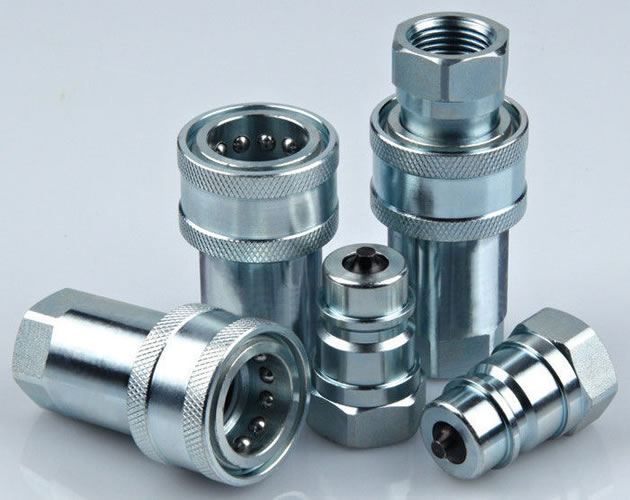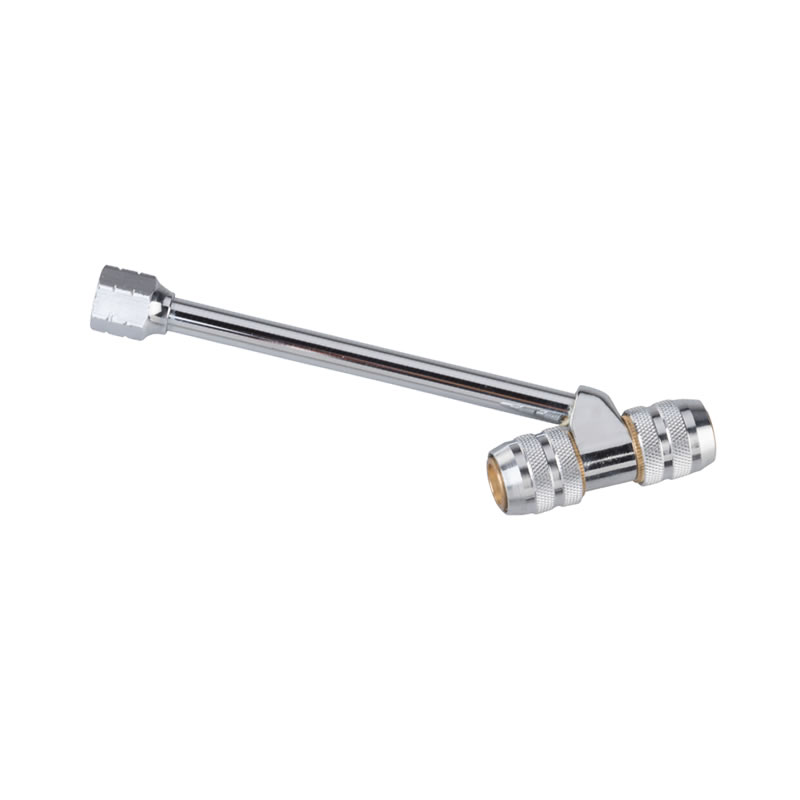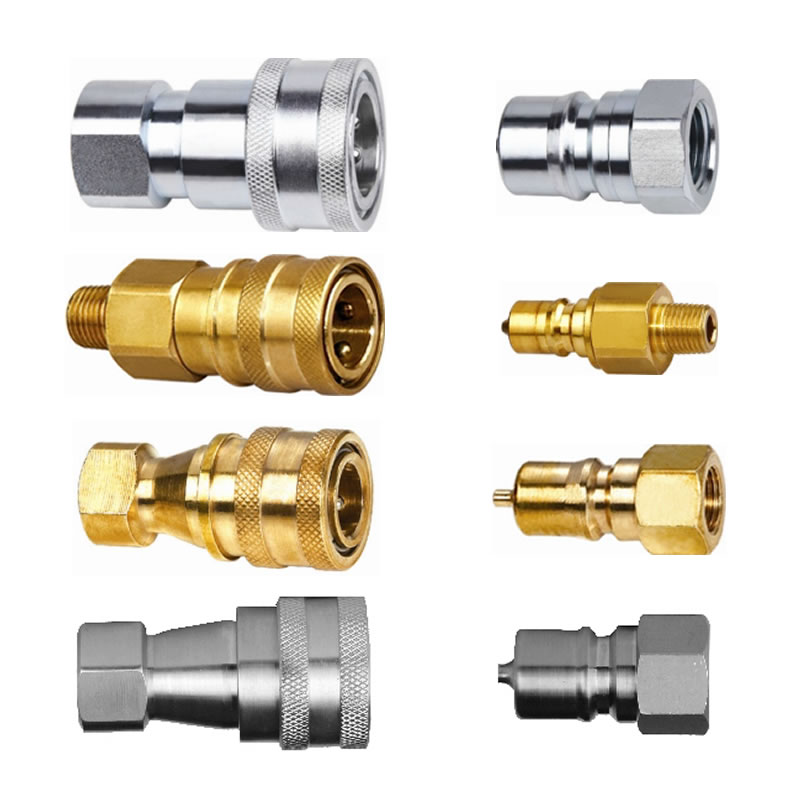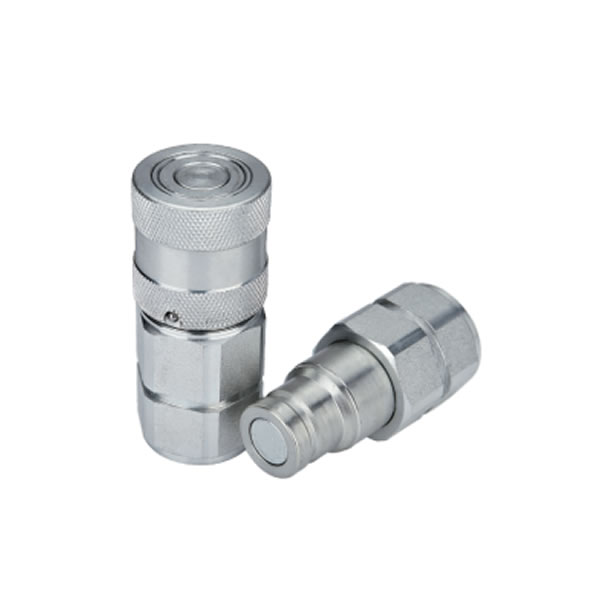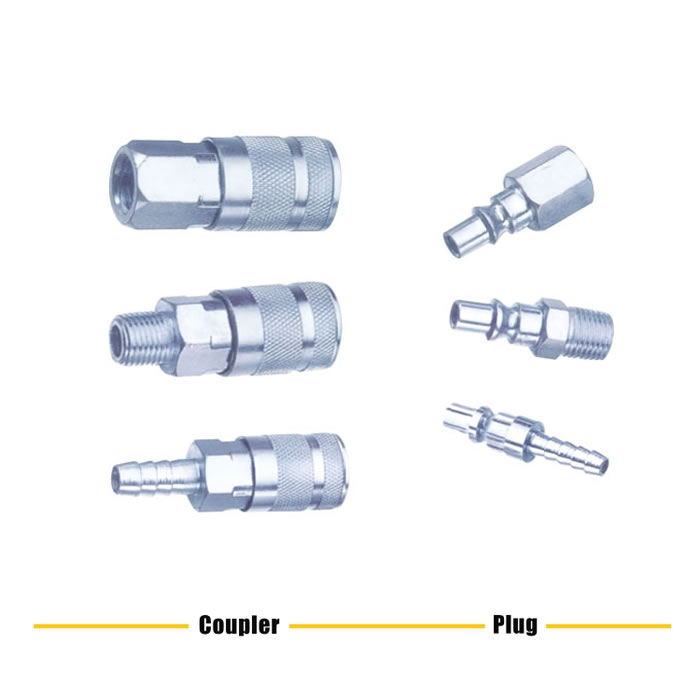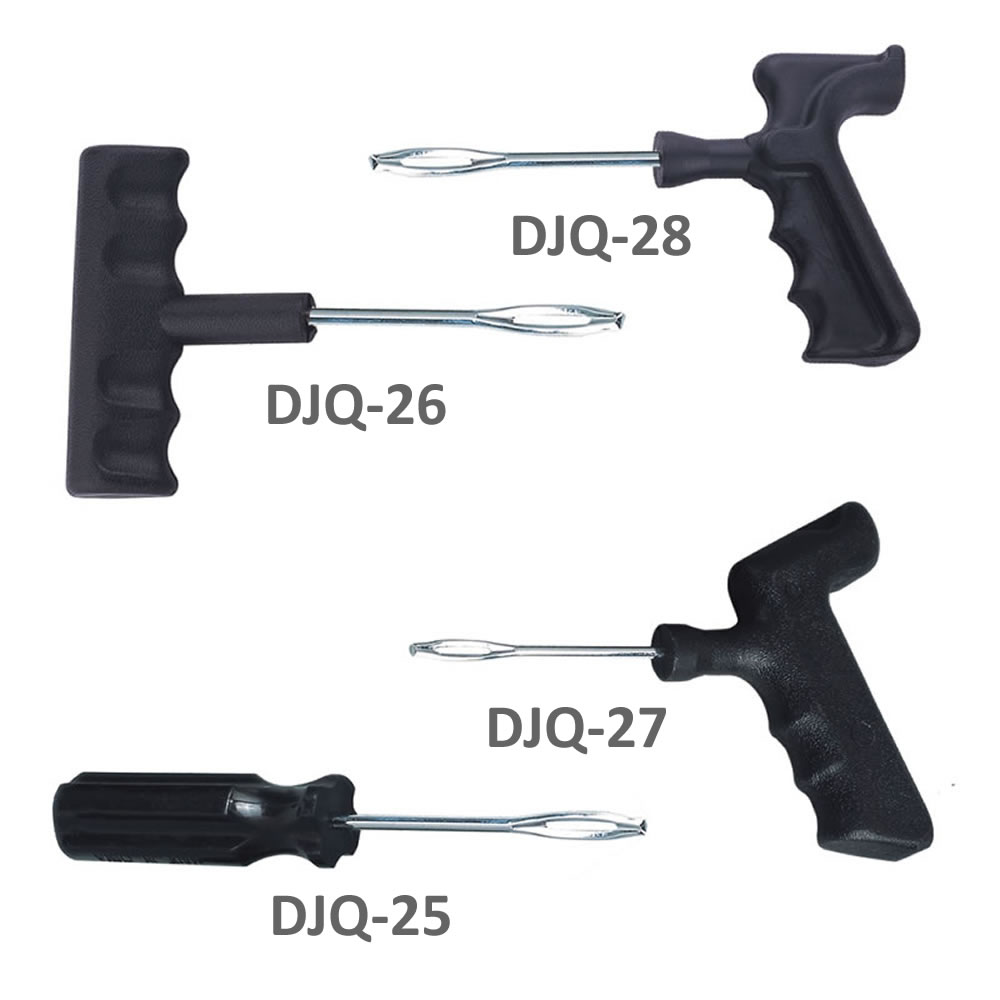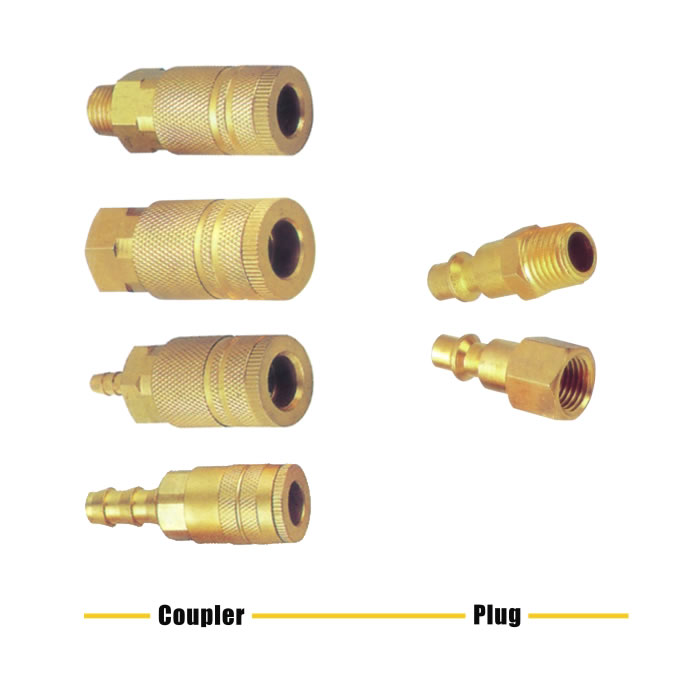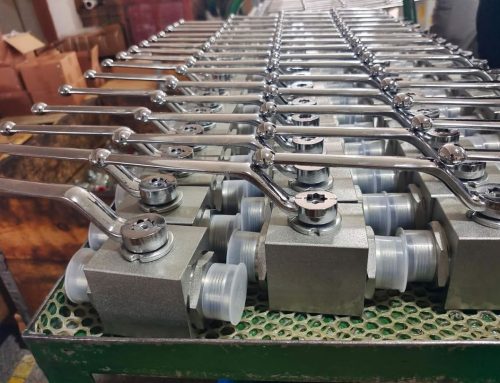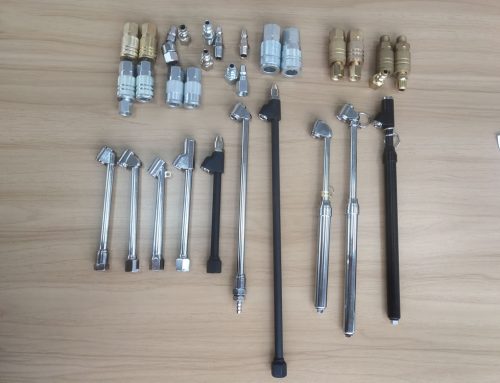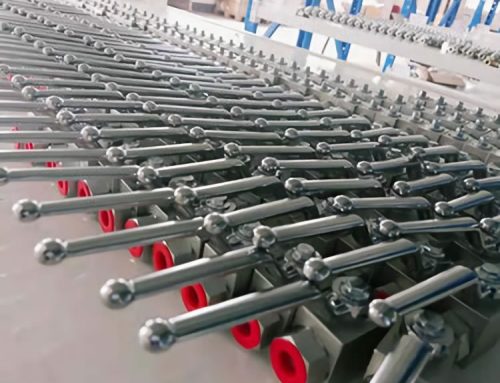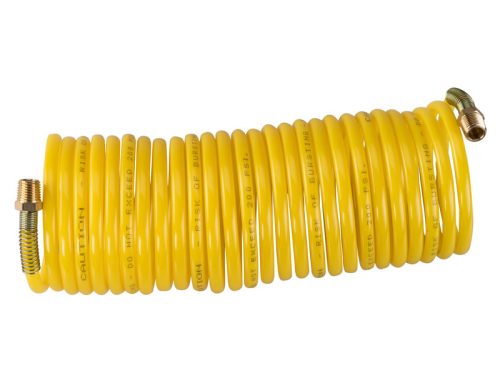What is the Best O-ring Material for Hydraulic Quick Couplings?
What are Quick Couplings?
Quick couplings are an important element used to connect at either end of a connection. Quick couplings are also known as quick connect couplers. Quick couplings are small yet incredibly durable and reliable to use, making them simple to connect and disconnect. They offer dependable fluid transmission for pneumatic, hydraulic, and vacuum systems, making them very reliable. A hydraulic quick coupling is specifically employed to attach or detach hydraulic hoses.
What are ISO B Quick Couplings?
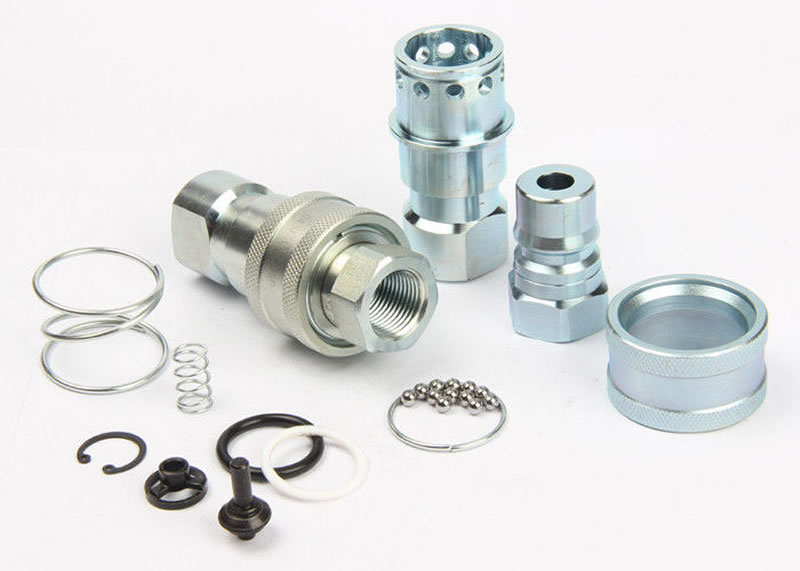
Hydraulic fittings incorporating O-rings are not new to the market. While O-rings provide a simple solution, they are often taken for granted.
Named for their standard circular shape, O-rings are versatile elastomer gaskets that form a tight seal between two mechanical components. However, while O-rings largely look alike and function similarly, there are actually key distinctions that determine where an O-ring may be used. Chief among these considerations is material selection. Despite their similar compositions, elastomers each have variations in their chemical and mechanical properties that influence how they perform at a given sealing task. When purchasing O-rings, it’s critical to consider your application’s needs and limitations rather than searching for a one-size-fits-all seal.
In this blog post, we’ll discuss the types of materials available to help you choose what’s best for your application.
NBR (Nitrile Rubber)
Buna-N (Nitrile) is the most common type of material used in quick disconnect couplings. It provides a great seal and is commonly used in crude oil, gasoline, propane, petroleum oils and water.
Buna-N O-rings made of nitrile rubber (NBR), which are resistant to petroleum-based fuels and lubricants, are one of the most widely used sealing elastomers. Copolymers of butadiene and acrylonitrile make up nitrile elastomers. Nitrile compounds come in several typical variants. While maintaining the same characteristics as the standard nitrile O-ring compound, nitrile O-rings can also be found in a metal-detecting type.
Generally, nitrile rubber can perform in temperatures between 40 and 226 degrees Fahrenheit (4.4 to 107.7 °C).
In addition to being caustic and aliphatic hydrocarbon resistant, NBR is three times more puncture resistant than natural rubber. It is, however, less adaptable. It is also less expensive than fluoroelastomers nitrile. A rubber variety called hydrogenated nitrile can maintain its heat and oxidation resistance while maintaining flexibility at lower temperatures. Applications involving oil resistance, high-temperature efficiency, and personal protection are all common uses for nitrile rubber.
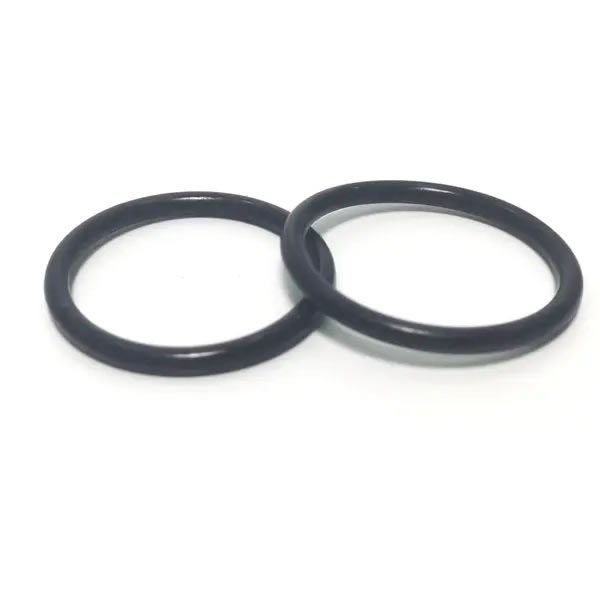
FKM (Fluoroelastomer)
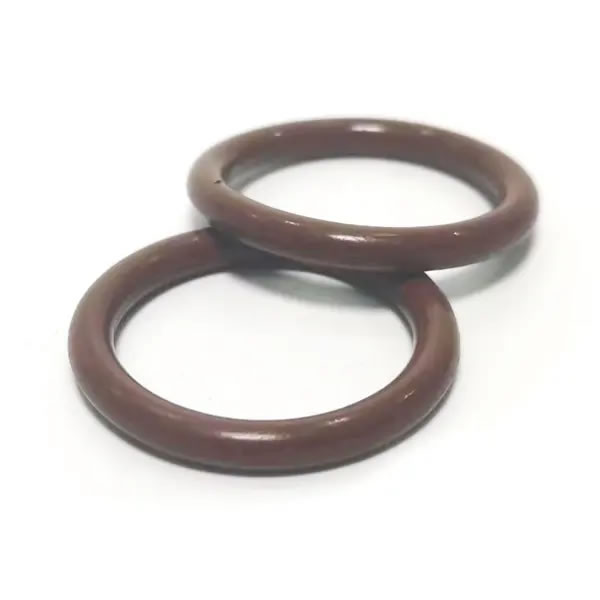
One of the most widely used seal ring materials, FKM, is a class of synthetic rubber made for very high-temperature operation. Exceptional levels of chemical, heat, and oil resistance are provided by FKM, which also has a usable service life of over 392 °F (200 °C). FKM is a family of fluoropolymer rubbers. The fluorine concentration of fluoroelastomers can be divided into three categories:
66 percent
68 percent
70 percent
FKM rubber with a higher fluorine concentration will have increased fluid resistance as fluorine levels rise. O-rings, seals, and gaskets for a range of operations in the transportation, aerospace, power, and semiconductor industries are frequently made using FKM materials.
FFKM (Perfluroelastomer)
Poly(tetrafluoroethylene), or PTFE, is available in the form of perfluoro elastomers (FFKM). They are tetrafluoroethylene copolymers with perfluorinated ether, like perfluoro (methyl vinyl ether) (PMVE).
For applications requiring harsh chemicals at temperatures as high as 617 °F (325 °C), FFKM elastomers cover a critical gap. They offer exceptional high temperature and chemical resistance and are the most chemically inert elastomers on the market. Additionally, they have very low gas permeability and high resistance to weathering, ozone, and steam. Due to their extremely low compression set, they also have high durability for static and dynamic loads.

Peroxide-cured Ethylene Propylene Diene Rubber (EPDM)
For medical grade polypropylene couplings, EPDM is often used in medical devices, automotive manufacturing, water and wastewater systems. This type of O-ring resists attack from most chemicals and holds up in challenging applications.
Fluorocarbon
Fluorocarbon (Viton) O-rings are used for applications where there are extreme temperatures and chemicals. Providing resistance to ozone, oxygen, mineral oil, synthetic hydraulic fluids, fuels, aromatics, etc., these O-rings are ideal for fuel lines.
Silicone
Silicone O-rings are good in temperatures ranging from 70 to 400-degrees Fahrenheit. They are commonly used in medical devices, food storage products, electronics and automotive applications since they are odorless and non-toxic.
In conclusion, O-ring fittings can eliminate leaks in a hydraulic system when used correctly. They are frequently designed for specific applications, so you must be careful when choosing a fitting that has an O-ring.
You May Like
- Flat Face Hydraulic Coupler With ISO 16028 interchange QKPTLongwei Auto Parts2022-09-07T09:49:49+08:00

